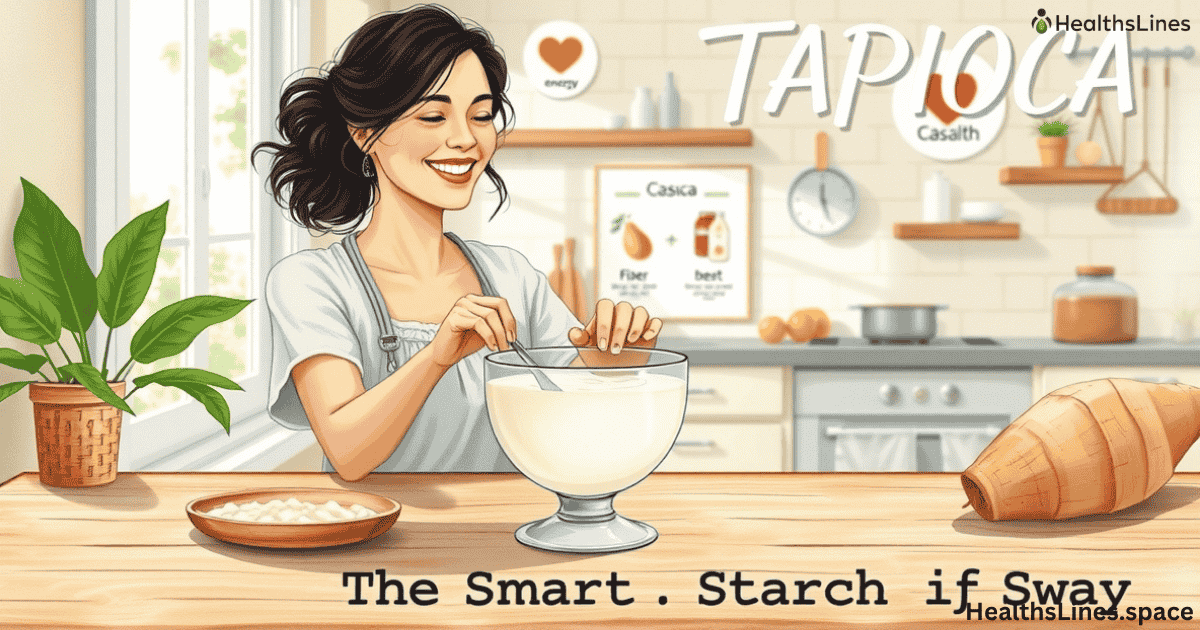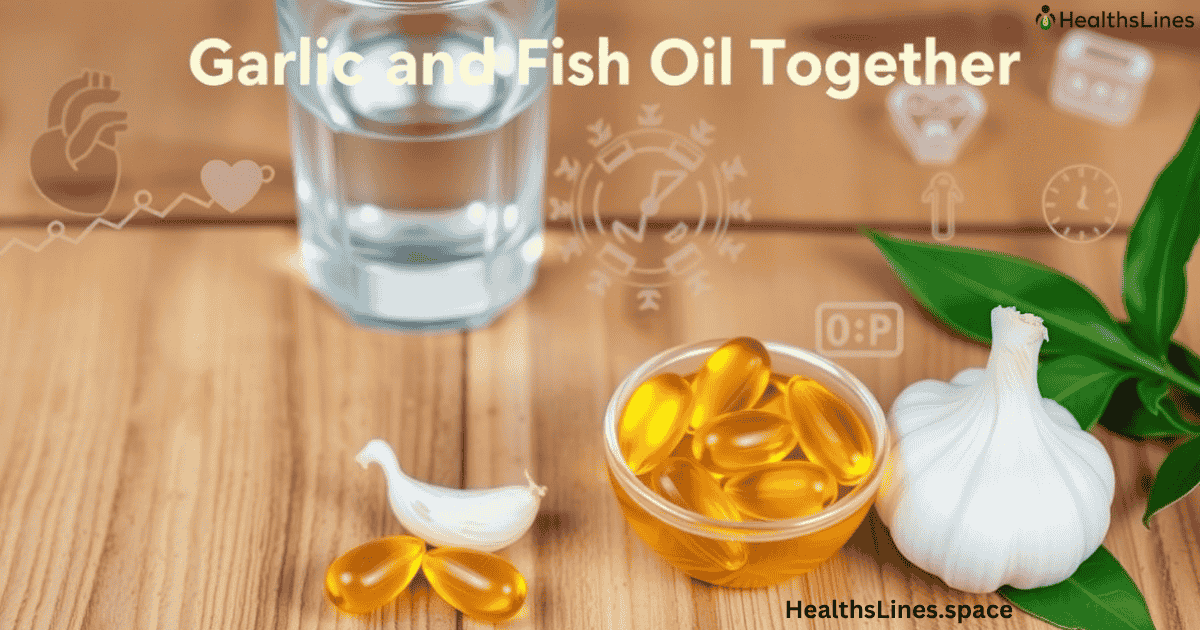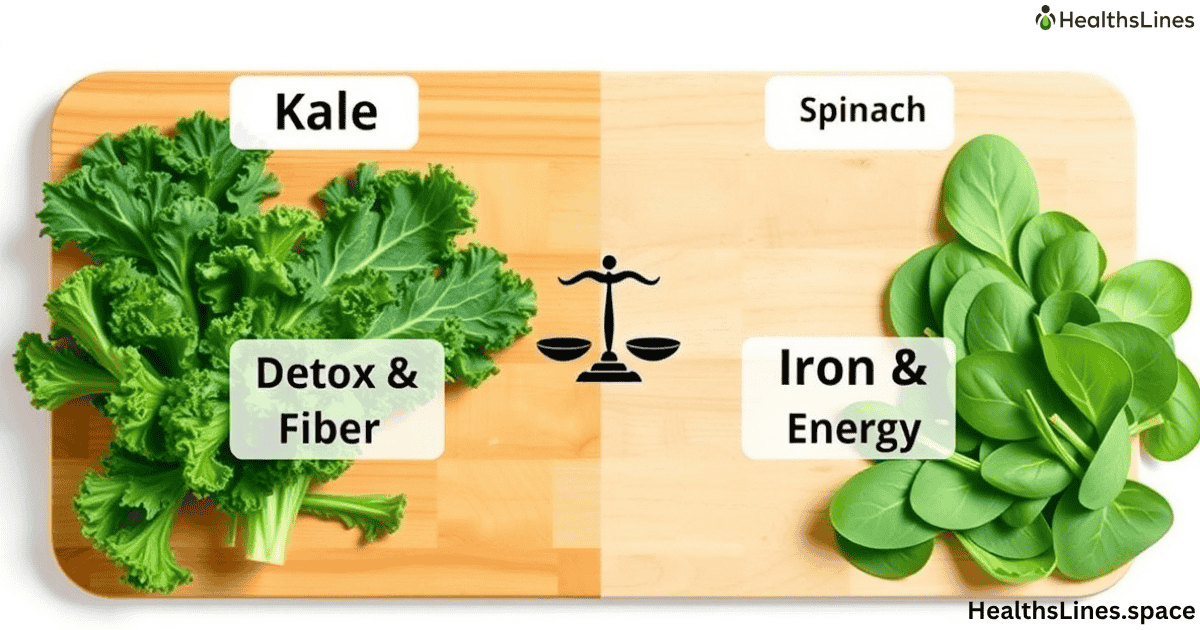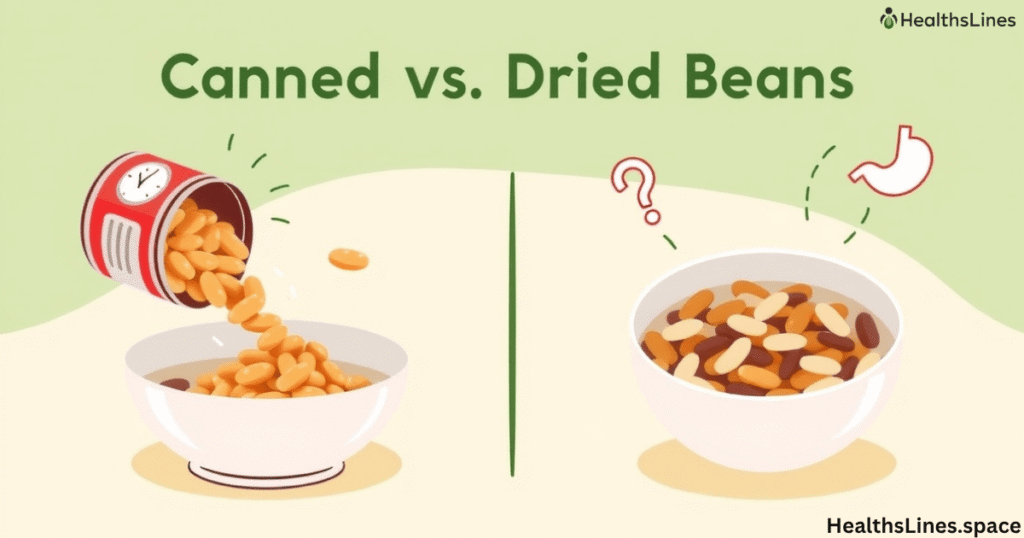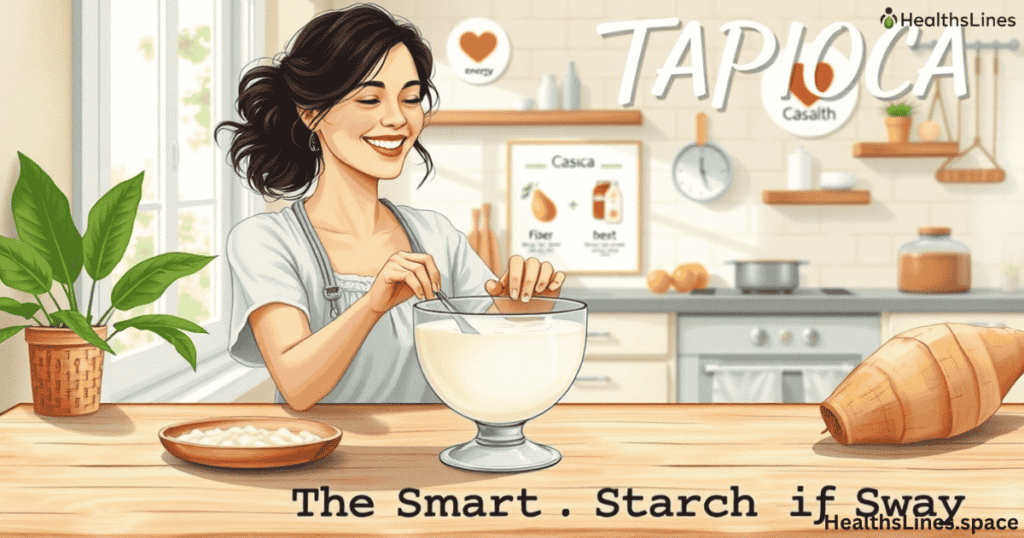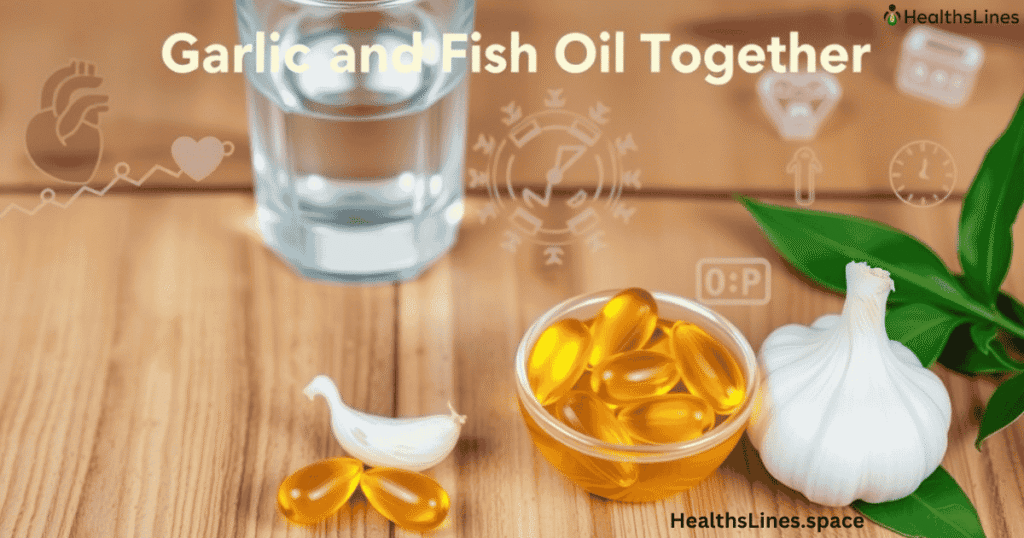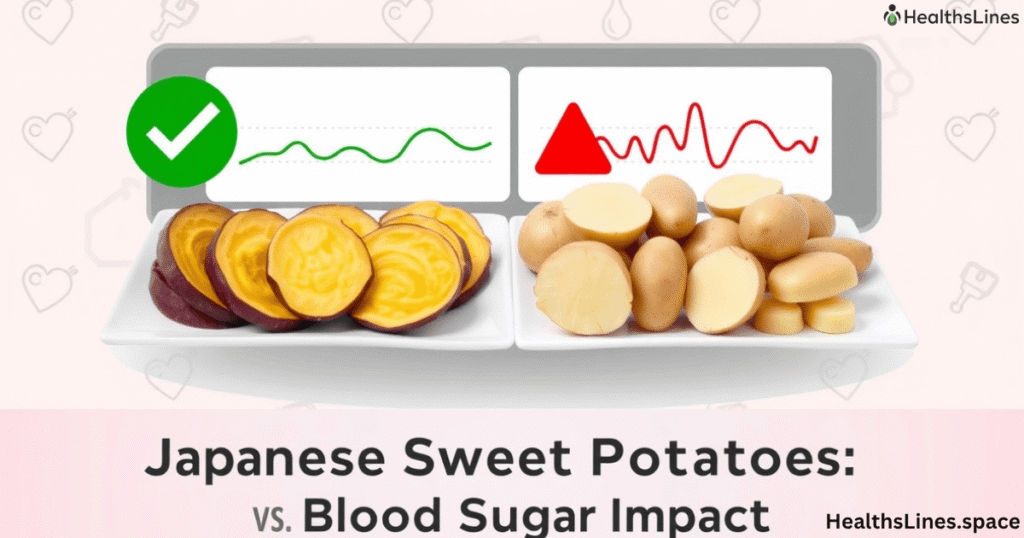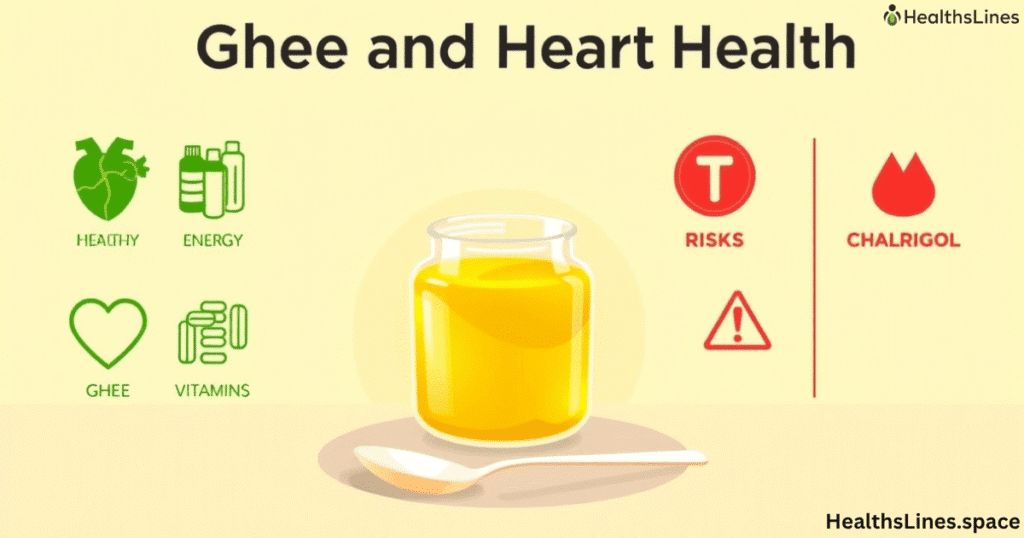Beans have long been known as one of the best high-fiber foods for gut health. Whether you love chili, soup, or salads, beans are everywhere. But there’s one debate every health lover faces — canned vs dried beans. Which is better for fiber and digestion? Both have their fans, and both come with unique benefits. Let’s find out which one truly supports your gut-friendly diet and gives you more nutrition per bite.
Nutritional Differences Between Canned and Dried Beans
When comparing canned vs dry beans nutrition, the biggest difference lies in how they’re processed. Dried beans are cooked from scratch, while canned beans are pre-cooked and stored in liquid. This affects their nutrient density and sodium levels. Cooking dried beans yourself usually preserves more vitamins and minerals, while canned beans may lose some nutrients due to high heat during processing.
| Type of Bean | Calories | Protein (g) | Fiber (g) | Sodium (mg) | Iron (mg) |
| Dried Beans (home-cooked) | 127 | 9 | 7.5 | 3 | 2.3 |
| Canned Beans (rinsed) | 110 | 7.2 | 5.5 | 240 | 2.1 |
The dried beans vs canned beans difference becomes clear — dried beans retain more fiber and protein, while canned beans have more sodium. The benefits of dried beans also include richer flavor and firmer texture, which makes them ideal for nutrient absorption and fiber quality.
Fiber Content and Its Impact on Digestion
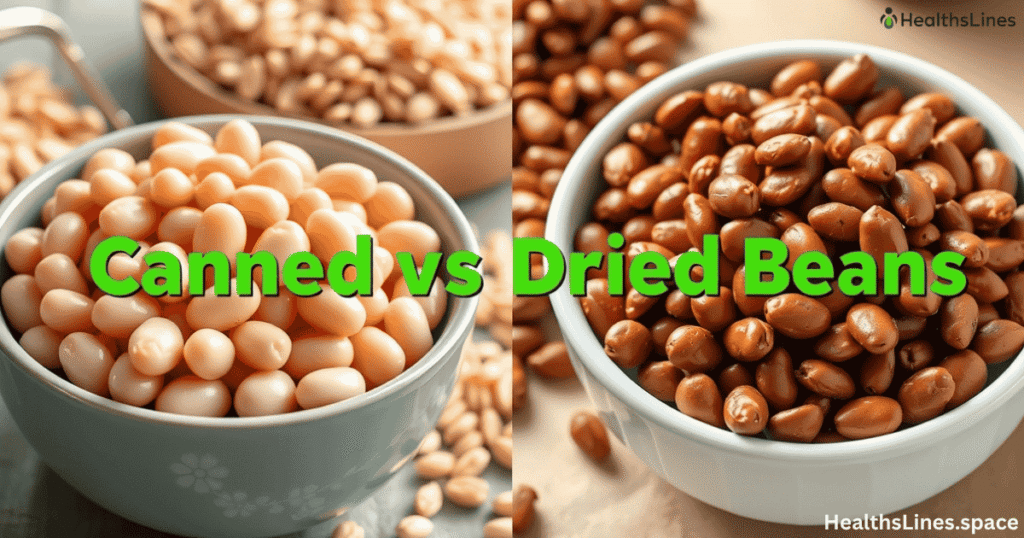
The fiber in canned vs dried beans plays a powerful role in how your body digests food and absorbs nutrients. Both types are rich in soluble and insoluble fiber, but their balance slightly changes depending on how they’re prepared. Dried beans, when soaked and cooked properly, retain a higher amount of fiber because the nutrients are not exposed to extreme heat or long storage time. Canned beans, however, lose some fiber during processing, especially the soluble fiber that dissolves in water. Even so, they still offer a solid boost to your daily fiber intake and support your digestive system. Fiber is essential for maintaining regular bowel movements, lowering cholesterol, and promoting a healthy gut environment by feeding beneficial bacteria.
When comparing canned vs dry beans nutrition, studies show dried beans contain about 20–25% more dietary fiber than canned ones. This extra fiber means slower digestion and longer satiety, which helps with weight management. More importantly, the fiber and prebiotics from beans act like food for the friendly bacteria in your gut, leading to better digestion and smoother nutrient absorption. Whether you eat canned beans vs cooked beans from scratch, both types keep your gut active and balanced. For the best results, mix them in your meals to get a blend of fiber quality and convenience every day.
Gut Health and Prebiotic Benefits
Beans are among the best beans for gut microbiome health because they contain resistant starch. This starch escapes digestion in the small intestine and ferments in the colon, creating short-chain fatty acids that nourish your gut lining. Both canned and dried beans offer these benefits, but resistant starch and digestion work best when beans are cooled after cooking.
This means if you cook dried beans and then refrigerate them, they actually become more gut-friendly. The beans and gut health connection is strong because they act as natural prebiotics, feeding beneficial bacteria like Bifidobacteria and Lactobacillus. That’s why beans are considered top gut-friendly foods in plant-based diets.
Digestibility and Gas: Which Is Gentler on the Stomach
When it comes to digestion and beans, one of the biggest concerns people have is bloating and gas. Beans naturally contain oligosaccharides, a type of carbohydrate that your body can’t fully break down in the small intestine. These sugars pass into the large intestine, where bacteria ferment them and release gas. However, how you prepare your beans makes a major difference in how your body reacts. Soaking dried beans before cooking helps remove much of these gas-producing compounds, making dried beans vs canned beans easier to digest. You can also add ingredients like ginger, cumin, or bay leaves during cooking to support healthy digestion and reduce discomfort.
Canned beans, on the other hand, are already cooked, but they often sit in salty liquid that holds onto some of those compounds. The good news is that rinsing canned beans under cold water for thirty seconds can wash away up to 40% of sodium and some fermentable sugars, making them gentler on the stomach. The benefits of dried beans are that you control the cooking process and digestion comfort, while canned beans offer speed and convenience when you need them. Either way, soaking, rinsing, and proper cooking are your best tools for reducing bloating from beans and enjoying their nutritional goodness without the gas.
Sodium, Additives, and Canning Concerns
When it comes to sodium in canned beans, one serving can contain 300–500 mg, which may be high for people watching blood pressure. Thankfully, choosing low-sodium canned beans or rinsing them can lower this number significantly. The canned beans nutrition facts label is your best friend — look for options marked “no salt added” or “low sodium.”
Another issue is BPA, a chemical once used in can linings. Many modern brands now use BPA-free cans, so check the label. While canned beans vs home-cooked beans differ in freshness, both can fit into a balanced diet if you choose wisely. The key is moderation and proper rinsing before use.
Cost, Convenience, and Cooking Time
Let’s face it, life is busy. That’s why many people choose canned beans — they’re ready in seconds. On the other hand, dried beans take time to soak and cook, but they’re more economical and environmentally friendly.
| Category | Canned Beans | Dried Beans |
| Price (per cup cooked) | $0.90–$1.20 | $0.30–$0.50 |
| Prep Time | 1–2 minutes | 6–12 hours soaking + cooking |
| Shelf Life | 2–3 years | 1 year (dry storage) |
| Nutrient Control | Limited | Full control |
If you’re short on time, canned beans are a lifesaver. But if you enjoy cooking and want maximum nutrients, dried beans win. That’s why many nutrition experts suggest mixing both depending on your routine.
Which Type Fits Better in a Healthy Diet
The answer to canned vs dried beans isn’t one-size-fits-all. It depends on your diet, time, and health goals. If you’re looking for plant-based protein sources that fit into a busy lifestyle, canned beans are your friend. They’re still rich in fiber and minerals and excellent for quick meals.
But if you value flavor, freshness, and nutrient absorption, home-cooked dried beans are unbeatable. They let you control sodium, texture, and spices, helping your body digest better and feel lighter. A balanced diet can include both — use canned beans for convenience and dried beans when you have time to cook.
Canned Beans: When Convenience Wins
There’s no denying that canned beans are a time-saver. They come fully cooked, shelf-stable, and ready to use in minutes. For busy people or those new to cooking, they make eating high-fiber foods for gut health much easier. Even though canned vs dried beans differ slightly in nutrient content, canned beans still provide an impressive amount of protein, fiber, and resistant starch, all of which support healthy digestion and stable energy levels. Rinsing them before eating not only removes excess sodium in canned beans but also reduces gas-forming compounds, making them more comfortable to digest.
Many people wonder, are canned beans healthy? The answer is yes — especially if you choose low-sodium or BPA-free options. According to nutrition experts, rinsed canned beans retain up to 95% of their nutrients, which means they’re still packed with the same plant-based protein and prebiotics from beans that benefit your gut. They’re perfect for quick salads, soups, burritos, or even dips when you want something nourishing without the wait. In the canned beans vs home-cooked beans debate, convenience often wins the day. Canned beans make it simple to maintain a fiber-rich diet, especially when you’re short on time but still care about your gut-friendly foods and long-term health.
Dried Beans: When You Want Full Nutritional Control

Cooking dried beans from scratch gives you complete control over flavor, texture, and nutrition. You decide how much salt to use, how soft or firm you want them, and how to season them for better digestion and bean balance. The benefits of dried beans go far beyond taste — they contain slightly more fiber, protein, iron, and magnesium compared to canned beans. Because they aren’t processed or stored in liquid, their resistant starch and digestion qualities stay stronger, supporting better gut microbiome activity and smoother bowel movements. Soaking them before cooking removes many of the gas-forming sugars, which means fewer stomach issues and better nutrient absorption.
One major plus of soaking dried beans is that it improves nutrient absorption and fiber quality. Soaking reduces phytates, compounds that can block mineral absorption, allowing your body to get more iron and zinc from each bite. Plus, the slow cooking process helps maintain the natural prebiotics from beans that feed good bacteria in your gut. While it takes time and patience, the result is a nutrient-dense, gentle-on-the-stomach food that supports long-term beans and gut health. When comparing canned vs dried beans fiber and digestion, dried beans clearly give you more control and purity — making them the smarter choice when you’re focused on complete nutritional value.
Conclusion
After exploring canned vs dried beans fiber and digestion, it’s clear both have their place. Canned beans offer speed and accessibility, while dried beans offer more control, nutrients, and fewer additives. The best choice depends on your needs — busy days might call for canned food, while weekends can be perfect for soaking and cooking dried beans.
Eating beans regularly, regardless of type, supports beans for fiber intake, better gut health, and long-term heart benefits. So whether you open a can or simmer a pot, you’re still fueling your body with one of nature’s best gut-friendly foods.
Sources
USDA FoodData Central
Harvard T.H. Chan School of Public Health
National Library of Medicine – Beans and Digestion Research


